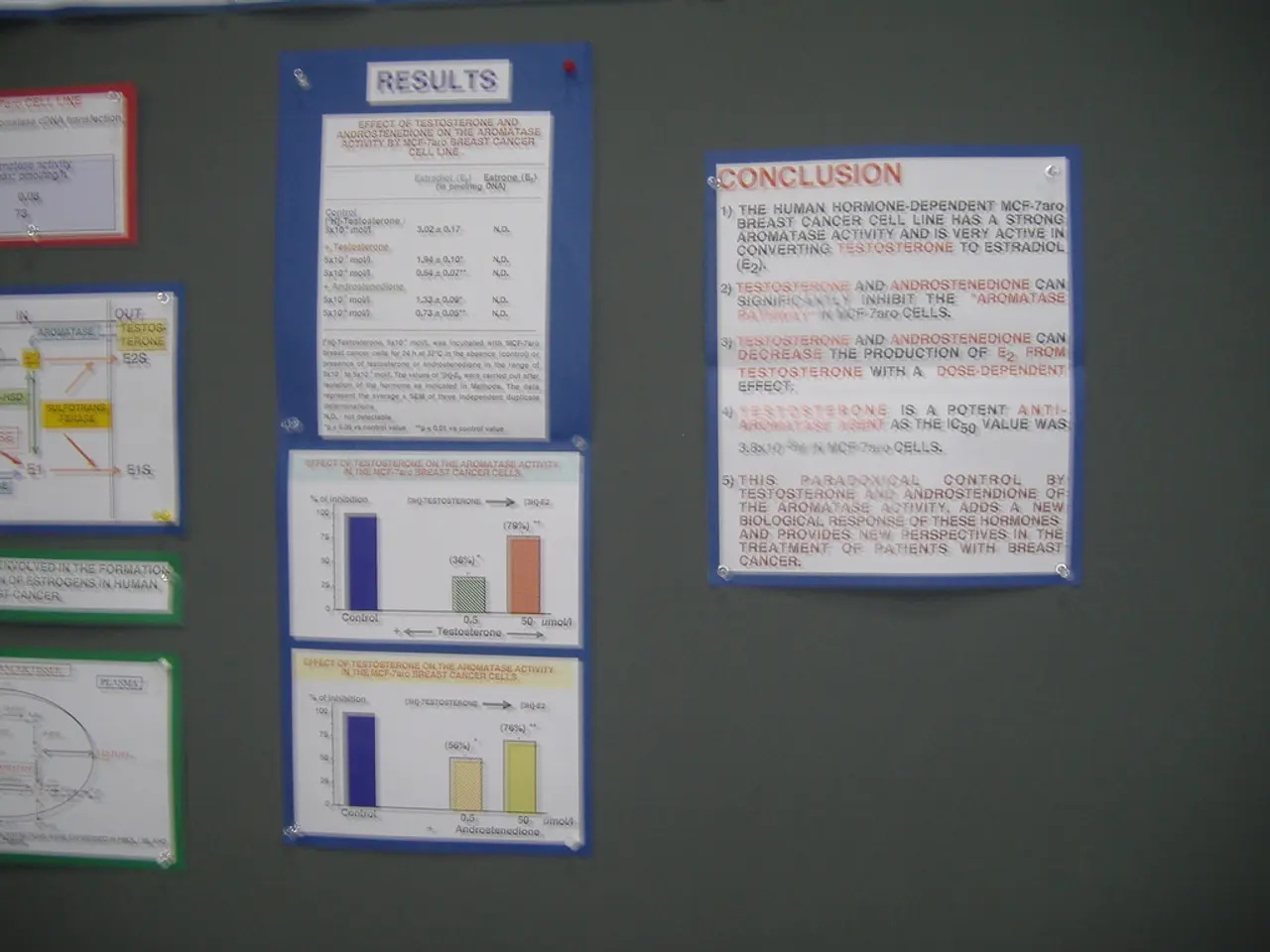Student Loan Reform: Overview of the SAVE Plan
The SAVE (Saving on a Valuable Education) repayment plan, designed to offer relief to federal student loan borrowers, is currently facing a roadblock. A federal court injunction, issued in February 2025, has halted the plan's implementation, placing borrowers enrolled in SAVE into administrative forbearance.
In this forbearance, no payments are required, but interest began accruing again on August 1, 2025. It's important to note that time spent in SAVE forbearance does not count towards loan forgiveness programs. Borrowers are advised to switch to alternative income-driven repayment plans, such as the Income-Based Repayment (IBR), to make qualifying payments.
The earliest likely resumption of SAVE payments is mid-2026, although timelines remain uncertain due to the ongoing injunction. Various scenarios suggest a restart could occur as late as 2026 or beyond. However, a straightforward restart of SAVE payments is highly unlikely until the courts lift the injunction or a legal resolution occurs.
The SAVE plan, best suited for those who earn the least relative to their student debt, offers benefits such as halving monthly bills, lifting the consolidation penalty, automatic credit toward IDR forgiveness, and automatic enrollment for borrowers at risk of default. Unfortunately, these benefits are currently unavailable for borrowers in forbearance.
Certain benefits of the SAVE plan, such as increased income protection and interest protection, became available in October 2023. However, if you refinance your student loans with a private lender, you will not be eligible for the SAVE IDR plan.
The Education Department is also working on changes to the general IDR plan process, including integration with the IRS system, automatic IDR recertification, no interest capitalization if you leave IDR (except for the Income-Based Repayment Plan), and a redesigned IDR application.
Meanwhile, ongoing administrative backlogs affect program processing and borrower options, particularly in the related PSLF Buyback program. Borrowers stuck in SAVE forbearance awaiting evaluation for periods of qualifying payments contribute to these delays.
In conclusion, SAVE borrowers should expect continued forbearance conditions but prepare to switch to other repayment plans, as SAVE payments will not resume imminently due to legal and administrative challenges. Keep an eye on updates from the Department of Education and your loan servicer for any changes in the status of the SAVE repayment plan.
Read also:
- "The group moves forward with anticipation"
- Malayan Capital Markets Introduces Greenhouse Gas Emission Calculator for Small and Medium Enterprises in its Enhanced ESG Disclosure Guide for Sustainable Business Practices
- Real-Time Disclosure of Industrial Sabotage: AI's Role in Exposing Corporate Spying
- Business support for mothers: Almaty's first incubator for nascent enterprises by women






